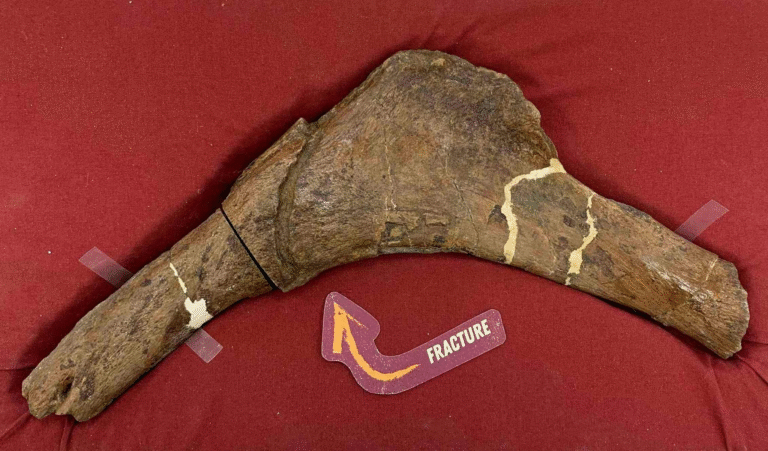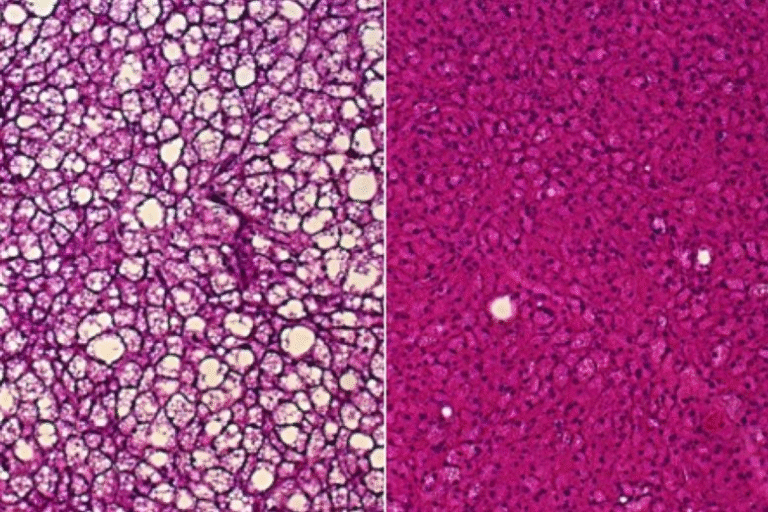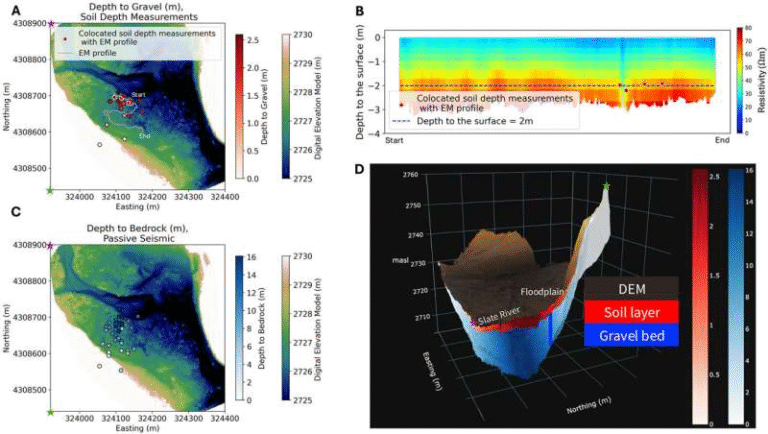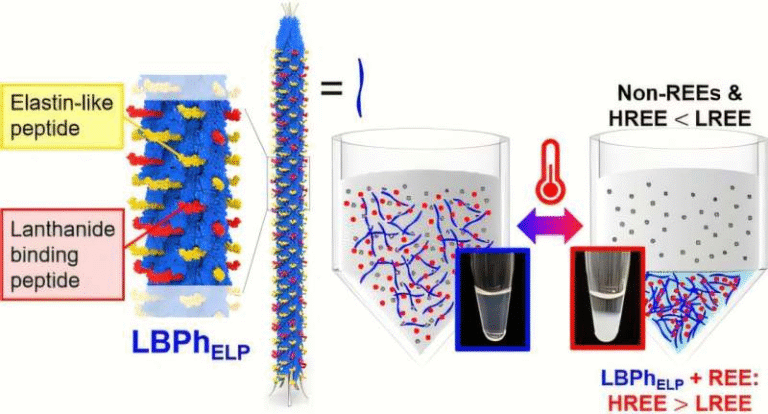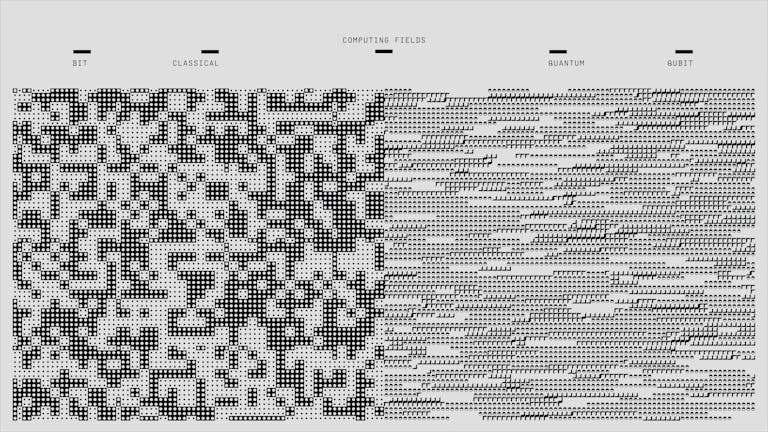Scientists Accidentally Create a New Gold Compound – And It Could Change How We See Chemistry


Every now and then, science surprises us with something nobody expected. That’s exactly what happened when a team of researchers, led by scientists at the SLAC National Accelerator Laboratory, stumbled upon a brand-new chemical compound: gold hydride. This unusual creation might not only shake up what we thought we knew about chemistry but also help us understand some of the most extreme environments in the universe.
A Surprise in the Lab
The researchers weren’t even trying to make this compound. Their original goal was to study how hydrocarbons (molecules made of hydrogen and carbon) transform into diamonds when subjected to enormous heat and pressure. To help with the experiment, they added a thin layer of gold foil. The idea was simple: gold doesn’t normally react much, so it was just supposed to absorb X-rays and transfer heat to the hydrocarbons.
But instead of quietly doing its job, the gold decided to join the action. To everyone’s surprise, the hydrogen atoms combined with gold, forming a totally new compound that had never been seen in solid form before. Imagine expecting a diamond and getting a new kind of gold on the side—that’s the kind of discovery this was.
Pushing Chemistry Beyond Its Limits
So why is this such a big deal? Normally, gold has a reputation for being “chemically boring.” It’s one of the reasons it’s used in electronics, dentistry, and jewelry—it just doesn’t react with much. But under the extreme pressures and temperatures of this experiment, gold turned out to be far more adventurous than expected.
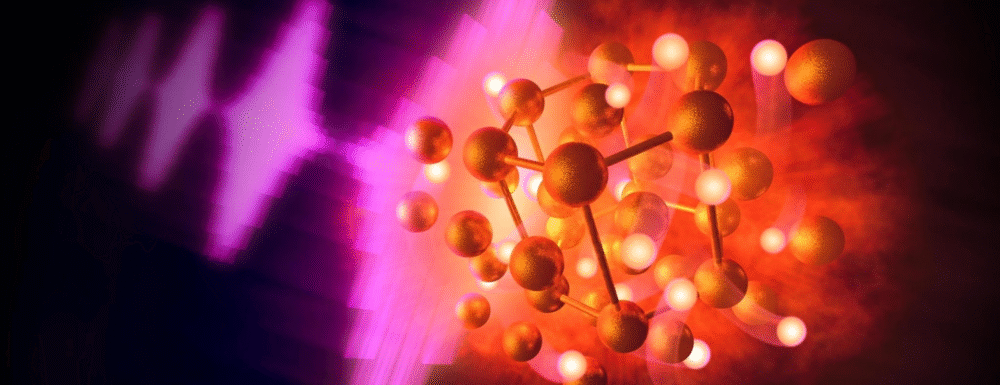
The compound they created, gold hydride, only seems to exist under these harsh conditions. Once things cool down, the gold and hydrogen go their separate ways again. But while it lasts, it reveals something fascinating: chemistry doesn’t always follow the rules we’ve written in textbooks. When pressure and temperature climb to levels like those deep inside planets or in burning stars, strange new materials can form.
What Makes Gold Hydride Special?
Here’s where things get even more exciting. In the lab, the hydrogen inside gold hydride entered what’s called a superionic state. That means the hydrogen atoms weren’t stuck in place—they zipped around freely within the rigid lattice of gold atoms. This unusual setup boosted the electrical conductivity of the compound, making it behave in ways that could teach us about exotic states of matter.
Hydrogen is notoriously difficult to study because it’s so light and doesn’t interact strongly with X-rays. But thanks to its bond with heavy gold atoms, researchers could watch hydrogen’s behavior indirectly. In a sense, the gold acted as a witness to hydrogen’s movements.
Looking Into the Hearts of Planets and Stars
Why does any of this matter beyond the lab? Well, dense hydrogen plays a huge role in places humans can’t exactly visit. Think of the giant planets like Jupiter and Saturn, or the fusion reactions that power stars—including our Sun. By recreating a tiny version of these extreme environments on Earth, scientists now have a model for understanding what might be happening out there in the cosmos.
And there’s more. If researchers can learn how hydrogen behaves in these states, it could bring us closer to mastering fusion energy here on Earth—a potential game-changer for clean, limitless power.
The Road Ahead
The discovery of gold hydride isn’t just a one-off curiosity. It’s a doorway into new chemistry. If gold, the poster child of stability, can form an exotic compound under pressure, what other “boring” elements might surprise us? Scientists believe that by pushing materials into these intense environments, we’ll uncover a whole zoo of exotic compounds that we’ve never even imagined.
The work also highlights the power of combining experimental tools—like diamond anvil cells and X-ray free-electron lasers—with advanced computer simulations. Together, these approaches can reveal states of matter that sound more like science fiction than everyday science.
Wrapping Up
In the end, this discovery is a reminder that even the most familiar elements—like gold—still have secrets to share. The accidental creation of gold hydride is more than just a quirky lab result; it’s a clue to how nature works under unimaginable conditions. From helping us understand alien planets to inching closer to sustainable fusion energy, this golden accident could turn out to be truly priceless.
Sometimes, the most exciting breakthroughs happen when we’re looking for something else. And that’s what makes science so endlessly fascinating.
